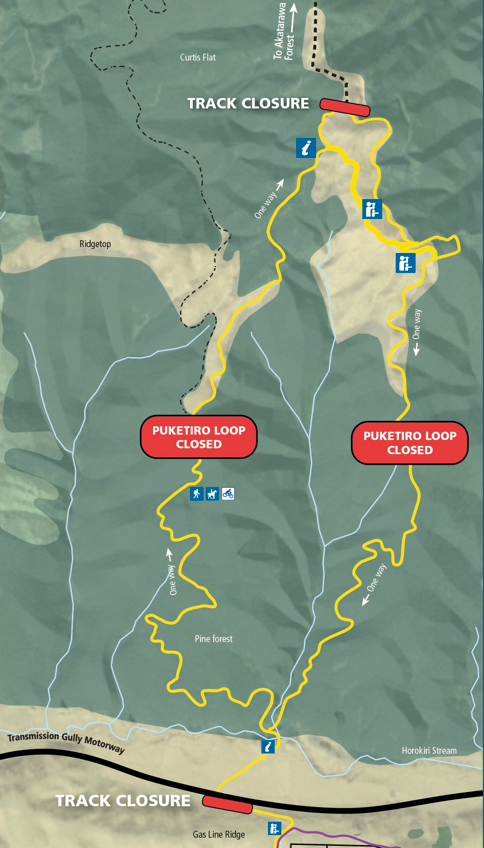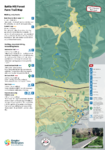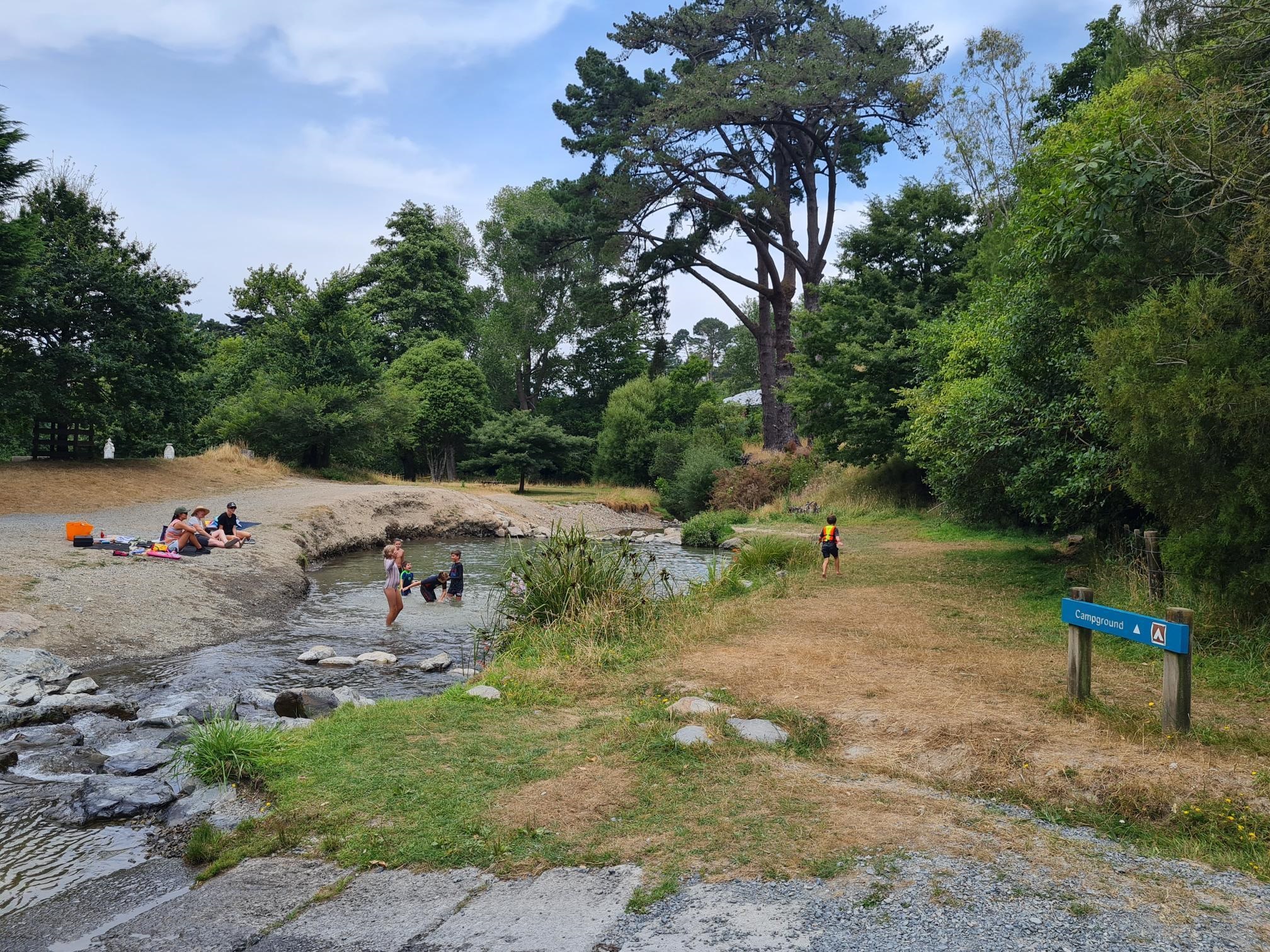Haere mai, welcome to Battle Hill Farm Forest Park
location_on Location 610 Paekakariki Hill Road, Pauatahanui, Porirua
This is a great spot for a day out, picnics and camping. It has 500 hectares of rolling paddocks, native bush and forestry, plus an indoor arena for Riding for the Disabled.
Opening hours
6am – 6pm April to September, and 6am – 8pm October to March
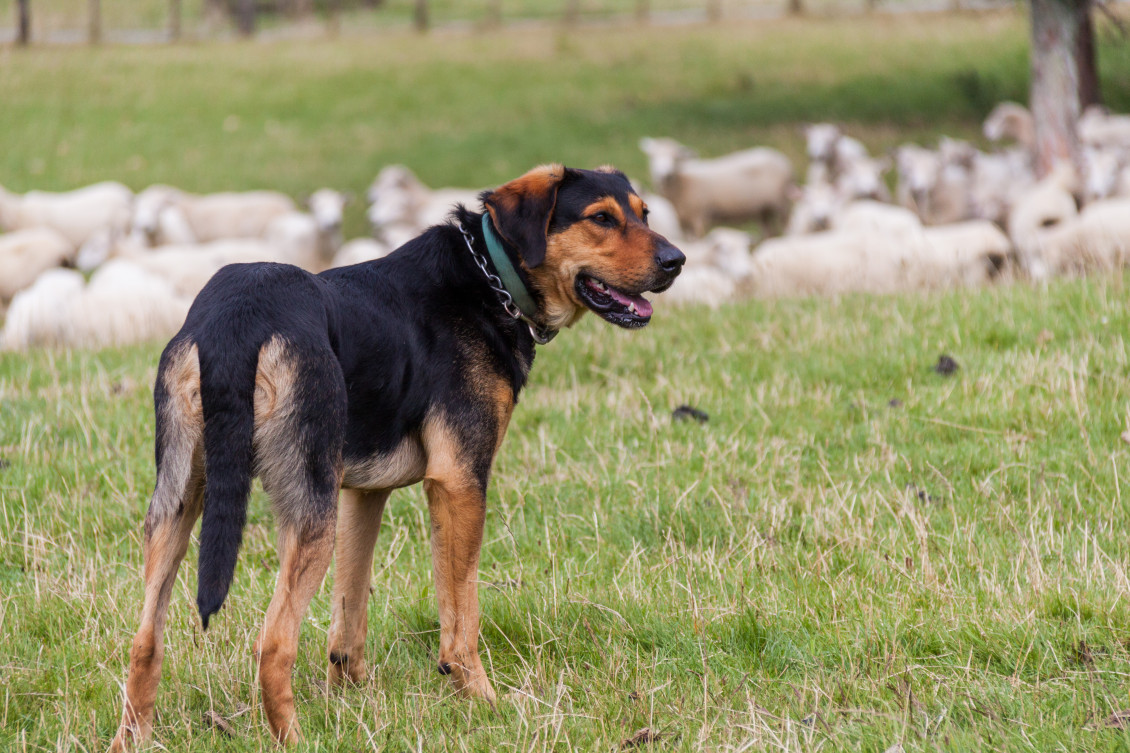
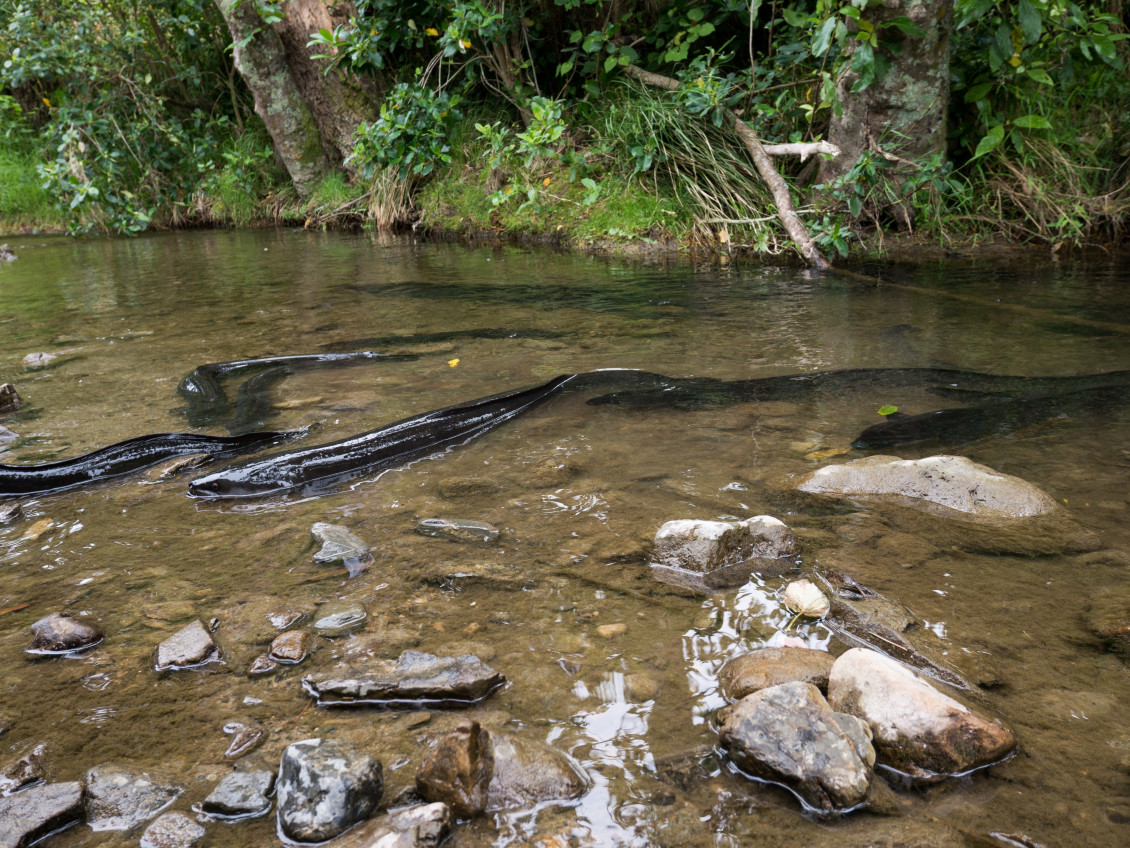
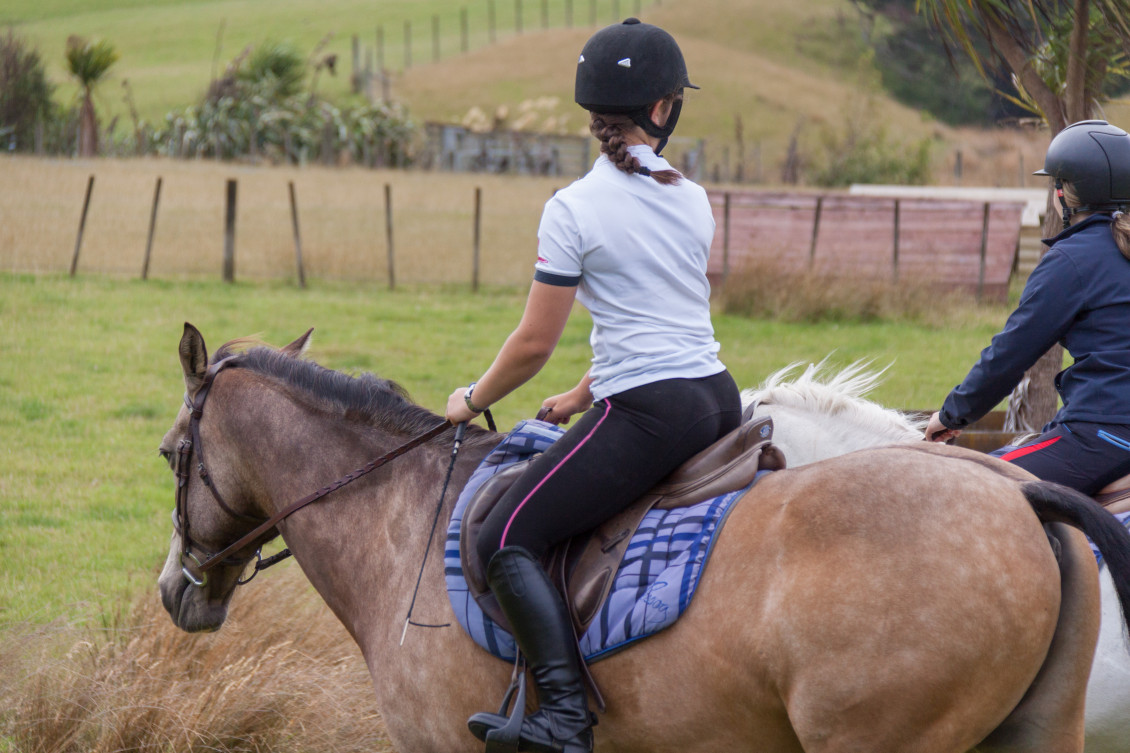
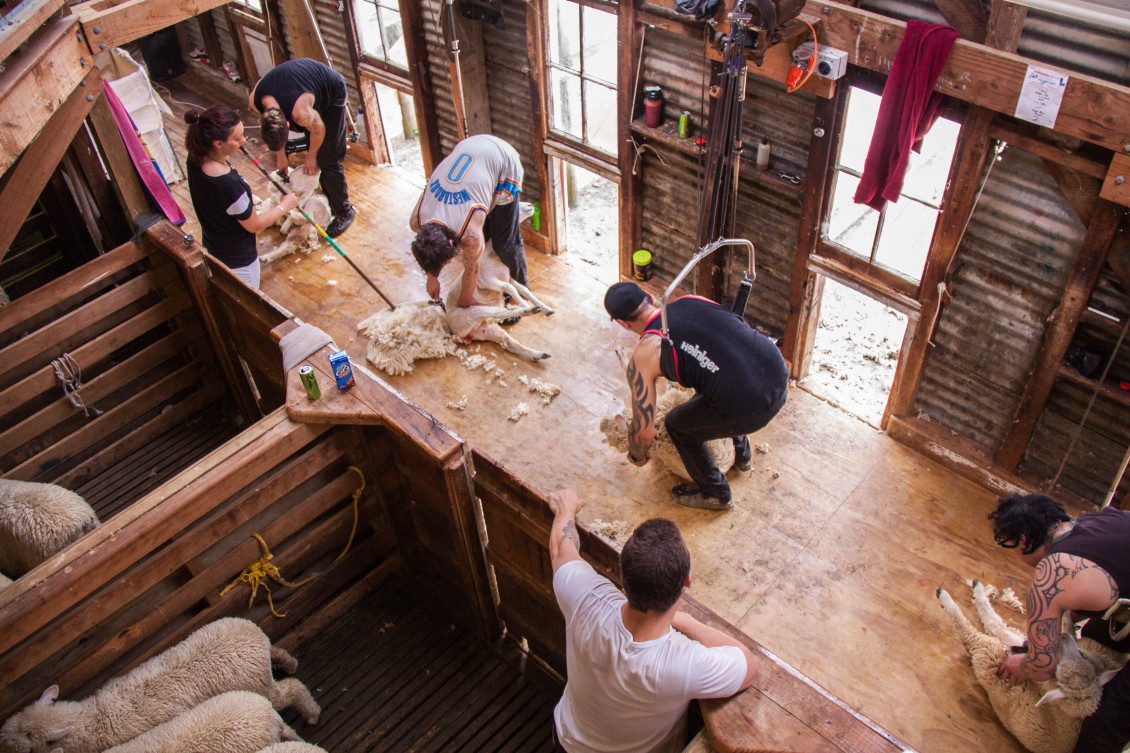
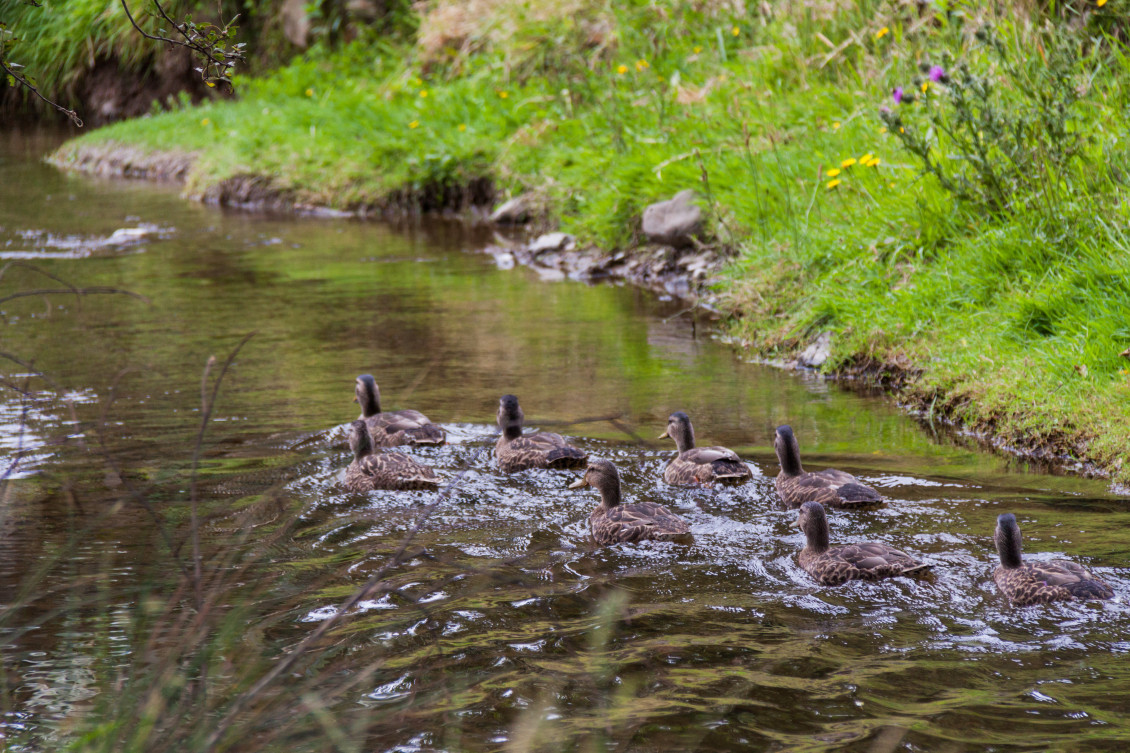
Activities
Description
Pitch your tent and toast marshmallows over an open campfire. Visit the historic battle site, farm animals and feed the native eels - they love sardines but just watch your fingers! There are trails suited for hooves, feet, bikes and baby buggies, with views of Pāuatahanui inlet and the new Transmission Gully motorway.
Learn more about the Friends of Battle Hill conservation group
Know before you go
- Dogs are not allowed anywhere in the park, including in cars, as there is a working farm in the park.
- There is no cellphone coverage.
- Pollen levels are often high. Carry appropriate medication if you have a pollen allergy.
- Fireworks are banned in all Regional Parks and Forests.
- Do not disturb the farm animals grazing in this park as these animals are protected.
- Parts of the park will be closed during lambing season between 1 August and 22 October.
- Please use gates and stiles. Leave gates as you find them.
Download the park brochure
Battle Hill Farm Forest Park brochure
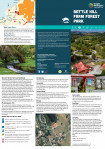

date_range Published 08 Jul 2021
Download now (PDF 3.5 MB) get_appGetting there
By car
Main entrance: 610 Paekākāriki Hill Road
Turn off SH 58 at Pauatahanui onto the Paekakariki Hill Road and drive 6km to Battle Hill Farm Forest Park. Alternatively, turn off SH1 at Plimmerton onto Grays Rd, then turn left at the end onto Paekakariki Hill Rd.
The Kapiti end of Paekakariki Hill Road beyond Battle Hill is not suitable for heavy vehicles.
By bike
Plan your route with the Kāpiti, Porirua, Tawa cycle map.
Kāpiti, Porirua and Tawa Cycle Map | Ko te Mahere Pahikara o Kāpiti, o Porirua, o Tawa
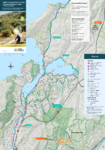
Bike network of the Greater Wellington region - Ko ngā ara Pahikara o Pōneke Nui Tonu
Corrections:
Please note current printed version is missing Porirua Green Bike Trust, located at:
Trash Palace
20 Broken…
Read more here

date_range Published 30 Jan 2023
Download now (PDF 18 MB) get_appGet in touch
- Phone:
- 0800496734
- Email:
- info@gw.govt.nz

